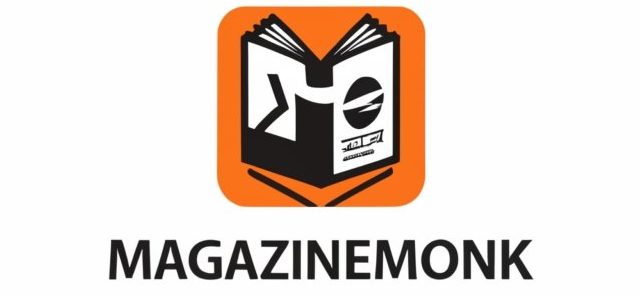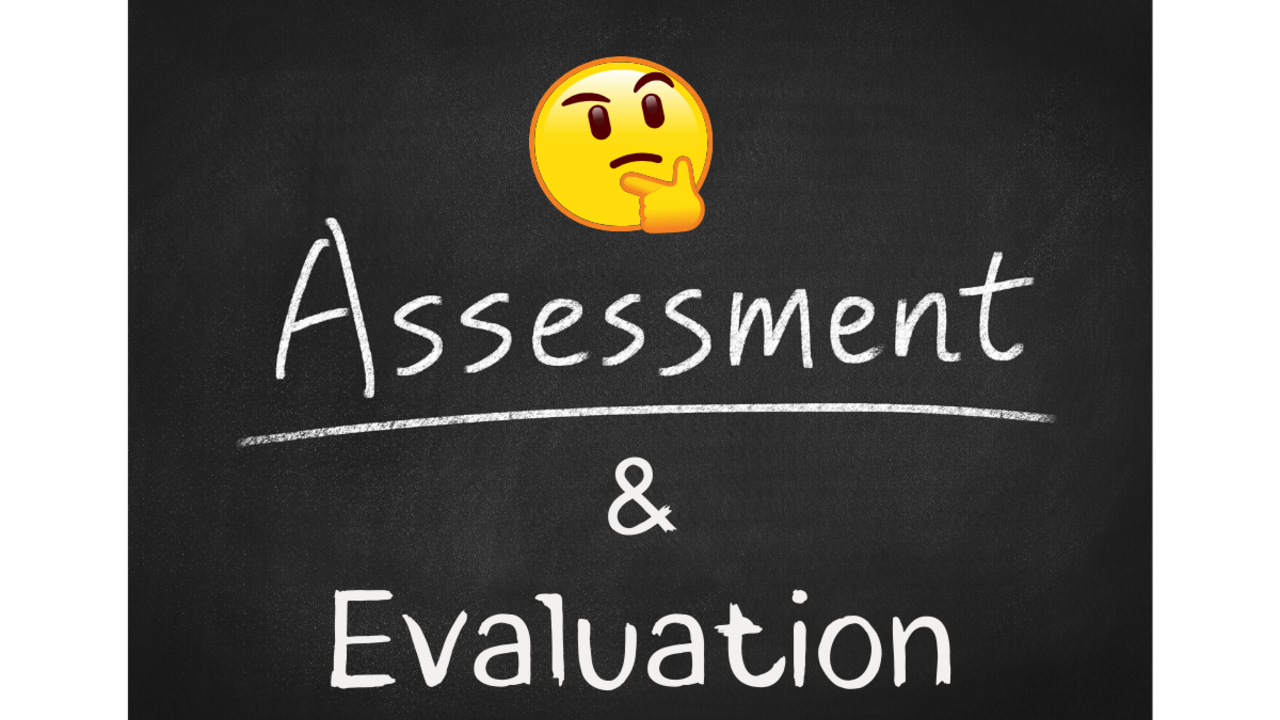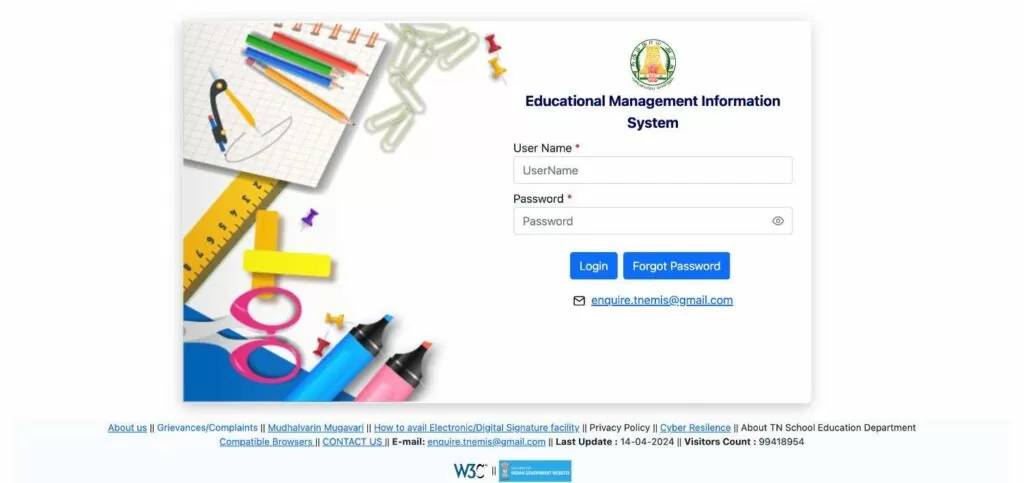Introduction to Assessment and Evaluation
Assessment and evaluation are integral components of the teaching and learning process, providing valuable insights into student progress, understanding, and achievement. While assessment focuses on measuring student learning outcomes, evaluation involves interpreting assessment data to make informed decisions about instructional effectiveness, curriculum alignment, and student support. By implementing effective assessment and evaluation practices, educators can identify areas of strength and growth, tailor instruction to meet individual needs, and empower students to reach their full potential.
Understanding the Importance of Assessment and Evaluation
Informing Instructional Decision-Making
Assessment and evaluation provide educators with valuable information about student learning and performance, enabling them to make data-informed decisions about instructional planning, differentiation, and intervention. By analyzing assessment data, educators can identify students’ strengths and areas for improvement, adapt teaching strategies to address learning needs, and provide targeted support that fosters academic growth and success.
Promoting Student Growth and Achievement
Assessment and evaluation play a crucial role in promoting student growth and achievement by setting clear learning goals and expectations, providing timely feedback, and recognizing progress and accomplishments. By establishing a culture of continuous improvement and accountability, educators empower students to take ownership of their learning, set goals, and monitor their progress, fostering a growth mindset and intrinsic motivation to succeed.
Ensuring Curriculum Alignment and Quality
Assessment and evaluation help ensure curriculum alignment and quality by measuring student mastery of learning standards, objectives, and competencies. By aligning assessments with curriculum goals and standards, educators can assess the effectiveness of instruction, identify areas of curriculum alignment or gaps, and make informed decisions about curriculum development, revision, and implementation that support student learning and achievement.
Key Principles of Assessment and Evaluation
Clear Learning Objectives
Assessment and evaluation begin with clear, measurable learning objectives that define what students are expected to know, understand, and be able to do. By establishing clear learning goals and criteria for success, educators provide students with a roadmap for learning and guide the development of meaningful assessments that measure student progress and achievement.
Authentic and Meaningful Assessments
Assessment and evaluation emphasize the use of authentic and meaningful assessments that measure student learning in real-world contexts and demonstrate mastery of essential knowledge and skills. Authentic assessments such as projects, portfolios, performance tasks, and simulations provide students with opportunities to apply their learning, solve complex problems, and demonstrate their understanding in meaningful and relevant ways.
Ongoing Feedback and Reflection
Assessment and evaluation involve ongoing feedback and reflection that support student learning and growth. Educators provide timely and constructive feedback to students on their performance, progress, and areas for improvement, guiding their learning and informing instructional decisions. Students engage in self-assessment and reflection to monitor their progress, set goals, and identify strategies for improvement, fostering metacognitive skills and self-directed learning habits.
Strategies for Effective Assessment and Evaluation
Diverse Assessment Methods
Use a variety of assessment methods and tools to measure student learning outcomes and provide a comprehensive picture of student progress and achievement. Incorporate formative assessments such as quizzes, discussions, and exit tickets to monitor student understanding in real-time, as well as summative assessments such as tests, projects, and performance tasks to evaluate student mastery of learning objectives over time.
Differentiated Assessment
Differentiate assessment to meet the diverse needs, interests, and abilities of students. Provide options for students to demonstrate their understanding through different modalities, formats, and assessment tasks that accommodate different learning styles, preferences, and strengths, ensuring that all students have opportunities to succeed and showcase their learning.
Data-Informed Decision-Making
Use assessment data to inform instructional decision-making, curriculum planning, and student support. Analyze assessment results to identify patterns, trends, and areas for improvement, and use this information to adjust instruction, provide targeted interventions, and differentiate learning experiences to meet individual student needs effectively.
Conclusion
In conclusion, assessment and evaluation are essential components of the teaching and learning process that provide valuable insights into student learning and inform instructional decision-making, curriculum planning, and student support. By implementing effective assessment and evaluation practices that focus on clear learning objectives, authentic assessments, ongoing feedback, and data-informed decision-making, educators can unlock student potential, promote growth and achievement, and empower students to succeed academically and beyond.





